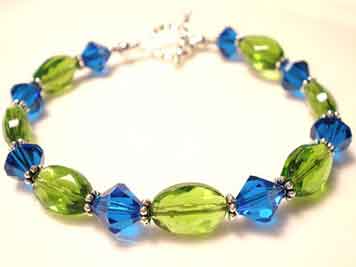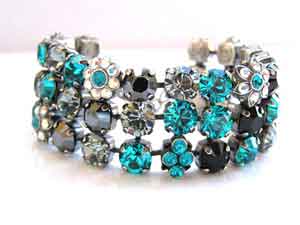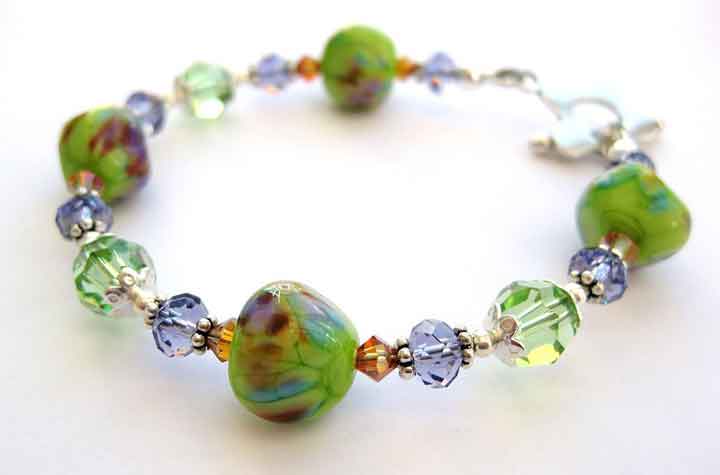For crystals, the most important thing is identifying them. The odds are you will come across a fake crystal in your life. It’s hard to tell sometimes because you could just have an old rock that someone thought was a crystal, or it could be the real thing. You should always ask for identification when purchasing anything expensive (especially something like a diamond) and be sure to do some research beforehand so you know what you’re looking for.
What is a crystal?

Crystals are solid, inorganic materials with a highly ordered internal structure. They exhibit a characteristic of having repeating patterns along their external surfaces called crystal faces that can be determined by various methods.
A crystal’s internal organization is based on atomic or molecular stacking of ions (electrically charged atoms). Crystals are distinguished from other solid materials by their symmetry and highly ordered structural quality.
How to identify real crystals
Crystals are one of the most interesting formations in nature, and they’re not always easy to identify. A lot of people think that all crystals must be expensive – but that’s not true! Sometimes what you have is just a rock, and sometimes it’s a beautiful crystal that someone polished and mounted on a ring or necklace.
The first thing to do is ask for an identification card when you’re purchasing something expensive (like diamonds). The second thing to do is research the properties of the crystal you’re looking for. Maybe it’s an amethyst, or a piece of quartz. There are many different crystals from all over the world with different habits – so if you know what kind of crystal you’re looking for, it will be a much easier task to spot the real thing.
How to Identify Fake Crystals

Most gemstones are treated in some shape or form before they’re sold – but lab-created stones are usually easy to spot with a little practice. Lab-created crystals can be identified by their “dead” look – there’s no fire dancing inside of them. Sometimes, you can just tell that something is off about the color (diamonds, for example), and sometimes you have to do more extensive research (like with opals). If you aren’t sure if your rock is real or not, ask an expert! Most jewelers will know how to tell if your stone is fake or not.
The importance of knowing what you’re buying
You are not the only one that needs to know what you are buying. Whenever you make a purchase, ask for a sales receipt or proof of ownership and are sure that any time you are buying anything expensive (especially something like a diamond), there is either a sales receipt or other form of identification. Keep in mind that it’s also important to do research about the authenticity of your item before purchasing it so you’ll know what to look out for.
Final Thought
Understanding how to identify real crystal can be helpful for several reasons. For one, it could save you from getting ripped off if someone tries to sell you an imitation or old rock as the valuable gemstone that is called “crystal.” It’s also important because people often buy expensive items without knowing what they’re actually buying.
